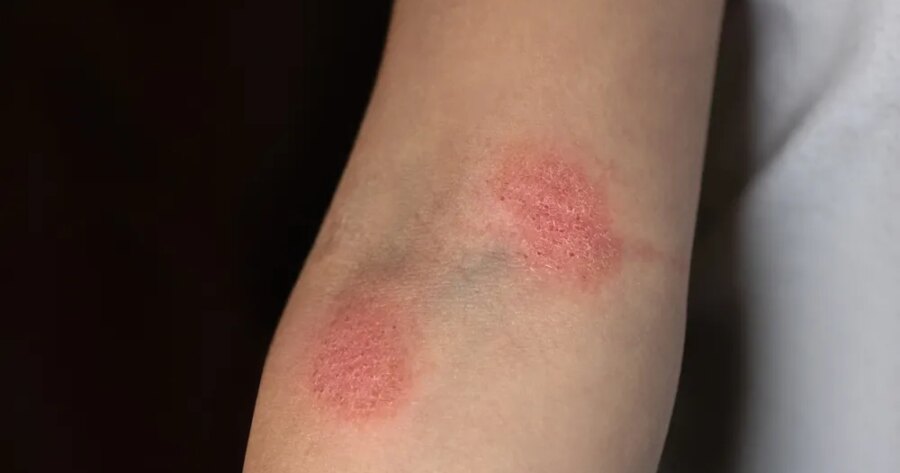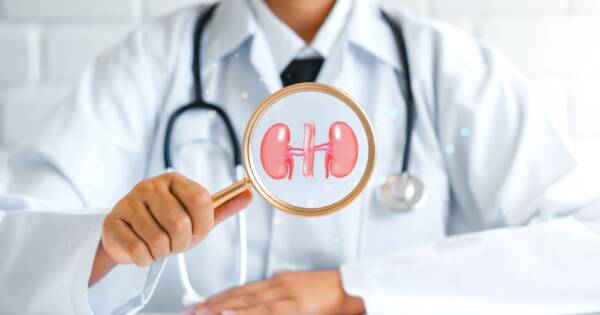Mycosis fungoides is a rare type of skin lymphoma that typically begins as a patchy, red rash, often mistaken for eczema or psoriasis. It progresses slowly, making early detection crucial for effective symptom management. Despite its name, mycosis fungoides is not a fungal infection but rather a cancer of the T-cells, requiring specialized medical care. Prompt diagnosis and treatment can help control its spread and improve quality of life.
Early Signs of Mycosis Fungoides
At the start, mycosis fungoides can look like a simple skin rash. Many people notice red, scaly patches on the skin that don’t go away. These patches may itch, but they are often not painful. As the condition develops, the rash can spread and form thicker, more raised patches or plaques. These plaques might change in color, becoming darker or more irritated over time.
In the later stages, tumors may appear on the skin. These growths are more serious and can open up, leading to infections. However, most people with mycosis fungoides do not reach this stage, especially if they begin treatment early.
Is Mycosis Fungoides Linked to Fungal Infections?
Even though the name “mycosis fungoides” includes the word “mycosis,” this condition is not a fungal infection. It is a cancer that starts in the lymphocytes, a type of white blood cell. This can confuse some people because the name suggests a link to fungi.
If you suspect a fungal infection, seeing a doctor is still important. Fungal infection treatment typically involves antifungal creams, while mycosis fungoides requires different approaches like radiation or chemotherapy.
Diagnosing Mycosis Fungoides
To diagnose mycosis fungoides, doctors often perform a skin biopsy. This involves taking a small sample of the affected skin and examining it under a microscope. The results can confirm if cancerous cells are present.
In addition to biopsies, blood tests can help determine how far the disease has spread. Early diagnosis is key because the disease can be managed more easily in its early stages. If left untreated, mycosis fungoides can spread to other parts of the body, including the lymph nodes and organs.
Treatment Options for Mycosis Fungoides
Once diagnosed, there are several treatment options for managing mycosis fungoides. The treatment you receive will depend on the stage of the disease and how much of the skin is affected.
Topical Treatments
In the early stages, doctors may recommend applying creams or ointments to the skin. These may contain corticosteroids or other medications that reduce inflammation and help control symptoms. Sometimes, doctors use phototherapy, which involves exposing the skin to ultraviolet light to reduce the spread of the rash.
Radiation Therapy
Radiation therapy can target affected areas of the skin. It is often used when the disease has progressed or when other treatments have not been successful. Radiation helps shrink plaques and tumors, reducing discomfort.
Systemic Treatments
For more advanced cases, systemic treatments may be needed. This means that instead of just treating the skin, doctors aim to treat the whole body. Systemic therapies include chemotherapy, targeted drug therapy, and immunotherapy. These treatments help slow the spread of cancerous cells and can improve symptoms.
Clinical Trials
Some patients may be eligible for clinical trials. These trials test new medications or treatment methods that are not yet widely available. Participating in a clinical trial may give access to cutting-edge therapies, but it is important to discuss the risks and benefits with a healthcare provider.
Managing Mycosis Fungoides Long-Term
Living with mycosis fungoides requires ongoing care. Regular check-ups with your doctor will help monitor the disease’s progress and adjust treatment as needed. In many cases, people can live with mycosis fungoides for years, as it tends to progress slowly.
It is also important to take care of your skin. Moisturizing daily can help prevent dryness and irritation. Avoiding harsh soaps and hot water may also keep the skin from becoming too sensitive. Working with a dermatologist can make managing the skin symptoms easier over time.
Learn More Today
Mycosis fungoides may be rare, but understanding its signs and treatment options can make a big difference. Don’t let the name fool you, either; with this condition, you’ll need more than a fungal infection treatment. Fortunately, early detection and proper treatment can help slow its progression and improve symptoms.
If you notice any changes in your skin, it is always a good idea to consult a healthcare professional. With professional care and management, many people with mycosis fungoides can lead active, fulfilling lives.





